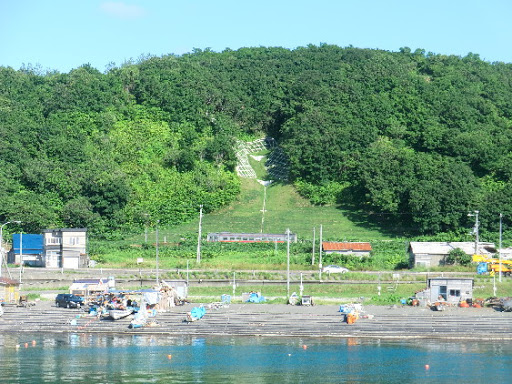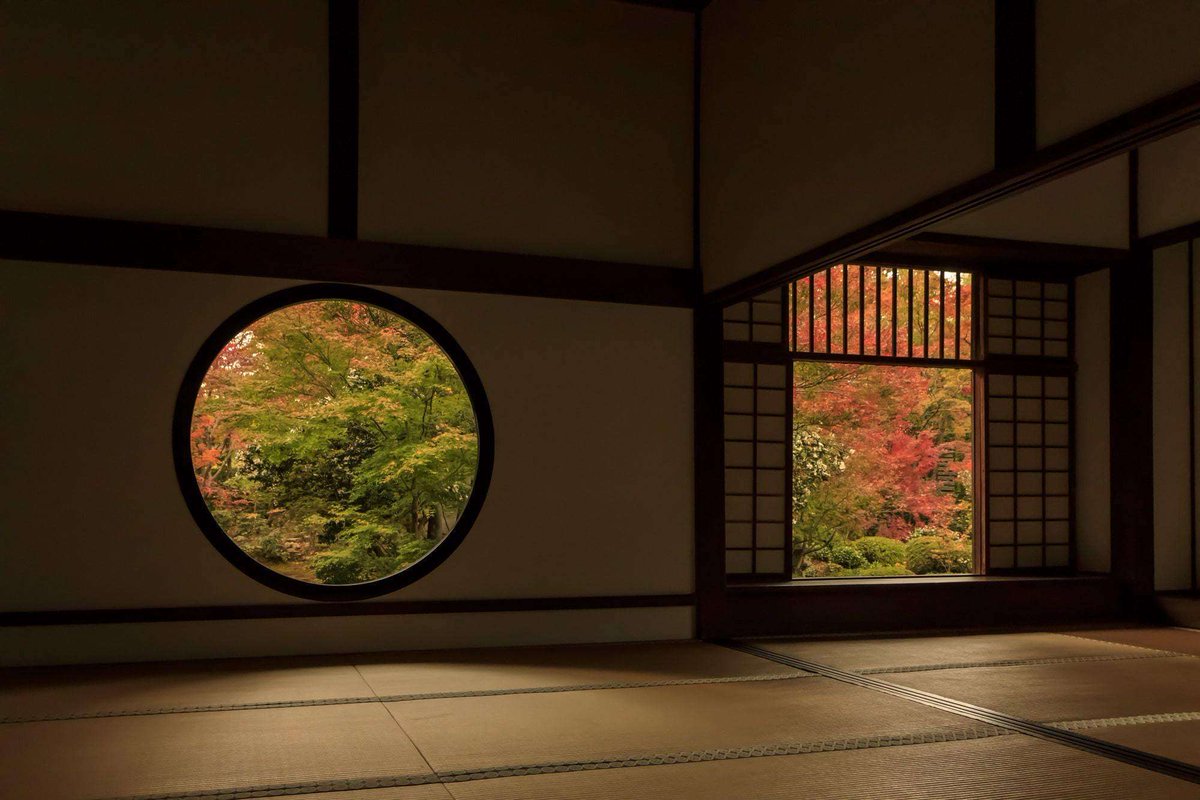
This kind of archeological urbanism might be hard to replicate in new towns or cities, but if you can find a way to do it ("deep urbanism"?) you will have stuck developer gold.
https://twitter.com/HistoireOdyssee/status/1377679779688816643
Places are generally better if they preserve as much as possible of what was there before: topography, vegetation, open water, useful buildings should be kept, paths can be turned to streets, level differences should be respected, etc. A clean slate is almost always a bad idea.
One of my favorite examples of layered or "deep urbanism": this is actually futuristic as well, as you can see what were to be, you can imagine what it is to become. You have a continuum here.
https://twitter.com/wrathofgnon/status/1346721026009231362
Whenever you build something new, walk around the place, try to imagine what it would've looked like 1000 years ago, what would've been built or ruined since. Create a story of the land & its ppl, see what it tells you would "feel" right for the place. A good new build feels old.
https://twitter.com/wrathofgnon/status/1037565100494741504
Another favorite example of layered or "deep urbanism" is the Cotton District. Maybe the finest development in Mississippi (or even one of the finest in 21st century USA), and the work of a complete amateur.
https://twitter.com/wrathofgnon/status/1012632455742816256
The original in "deep urbanism" is Çatalhöyük, a neolithic proto-city, 7100 B.C.–5700 B.C. When first discovered, thought to be a city built on a hill but it was just successive layers of new homes built on top of the ruins of older homes (clay, adobe, timber). Ev. reaching 20m! 

• • •
Missing some Tweet in this thread? You can try to
force a refresh




























